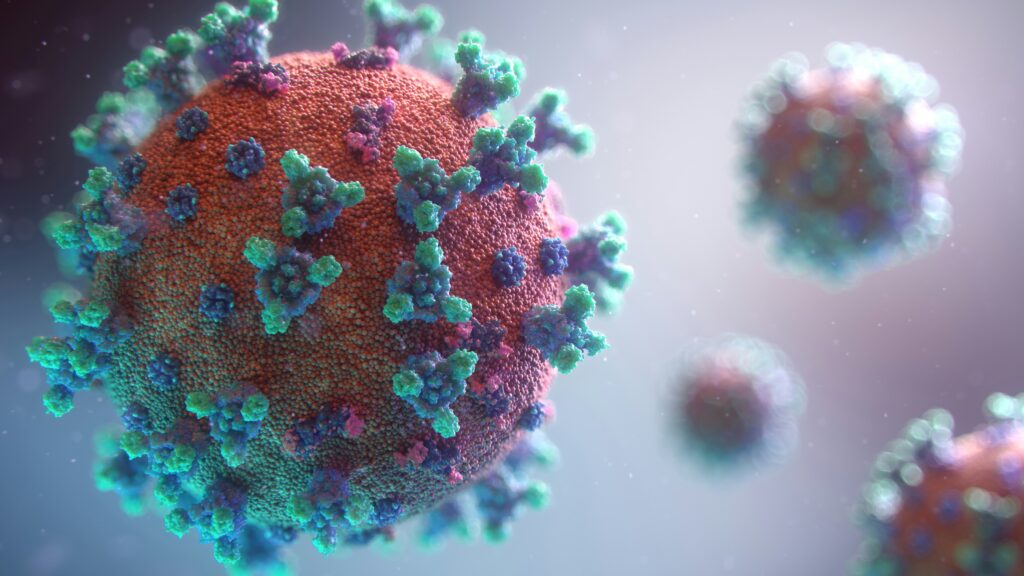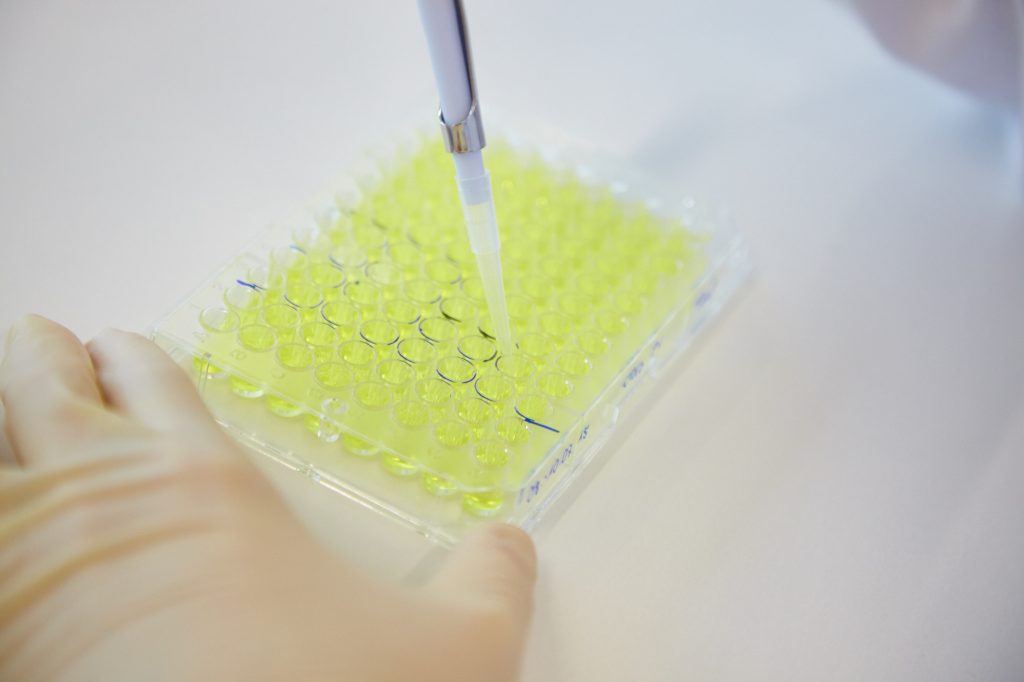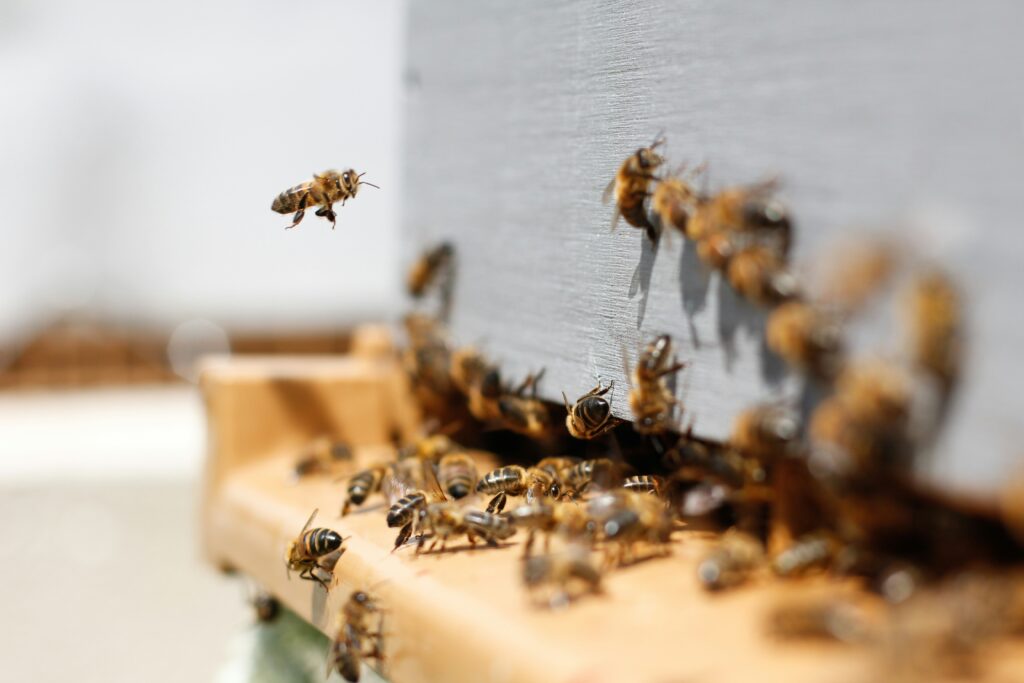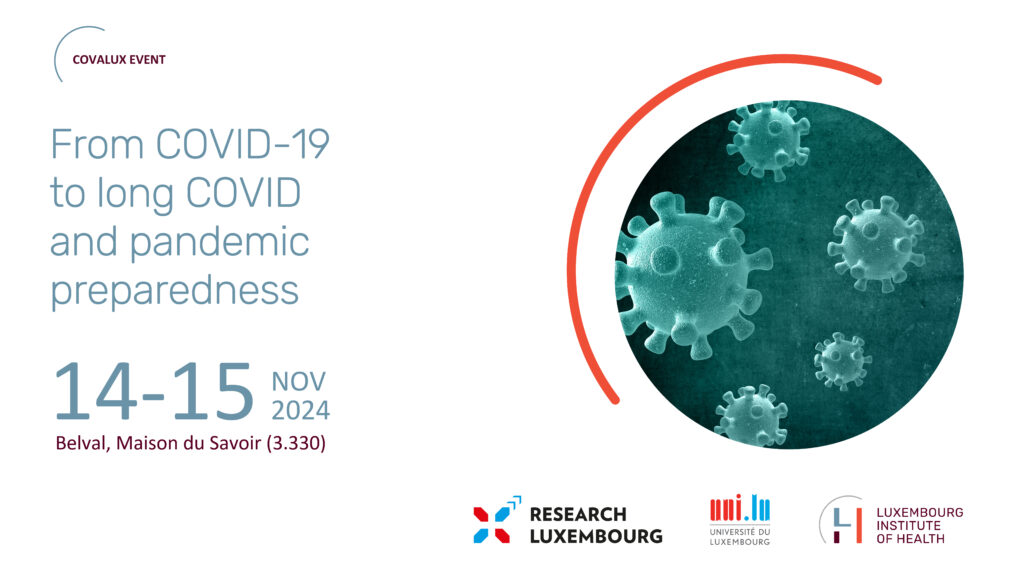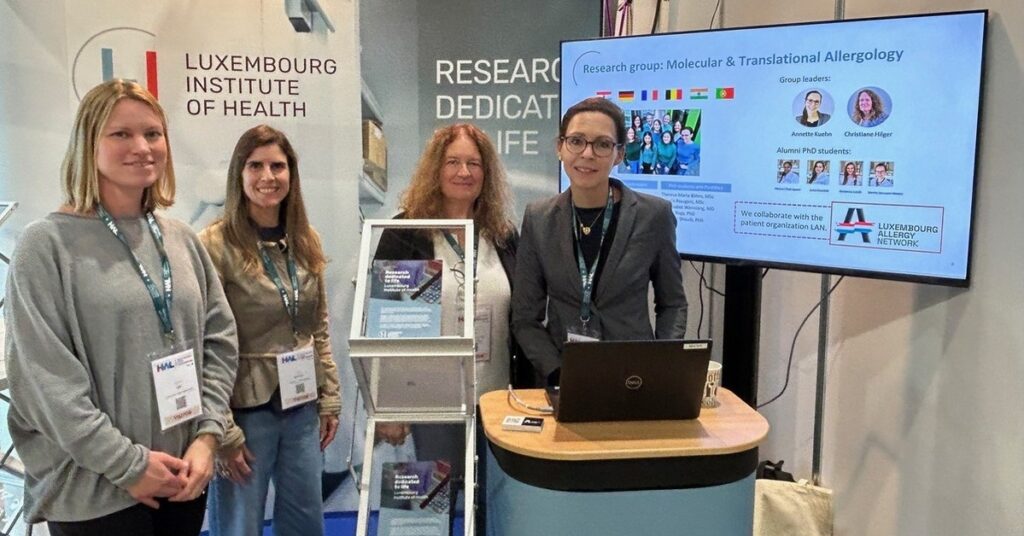Press Release
Novel immunotherapy approach to treat cat allergy
- Department of Infection and Immunity
- Immunological Disorders
- Preventive Medicine
- Translational & Clinical Immunology
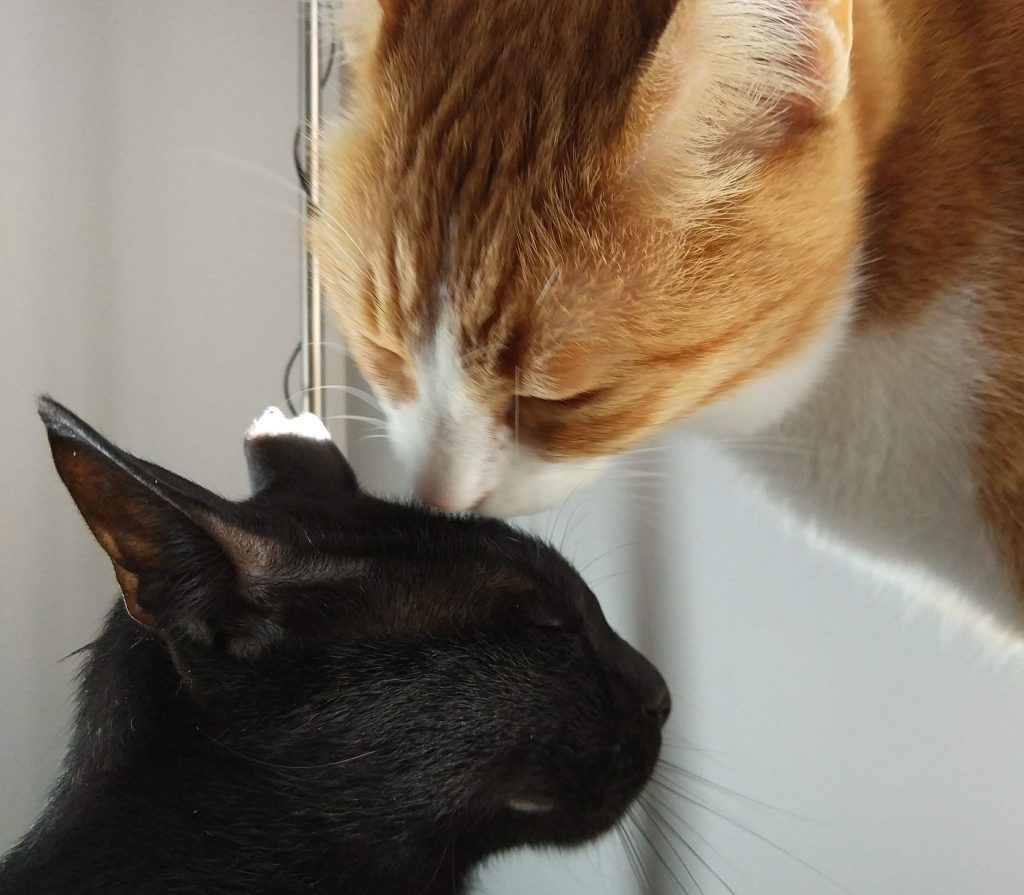
High levels of adjuvant molecule found to boost immune tolerance to major cat allergen and mitigate allergy symptoms
Researchers from the Department of Infection and Immunity of the Luxembourg Institute of Health (LIH) brought forward the potential of high doses of a specific adjuvant molecule, namely CpG oligonucleotide, in successfully modulating the immune system’s allergic response to the main cat allergen Fel d 1, thereby inducing a tolerance-promoting reaction and reverting the main hallmarks of cat allergy. The researchers analysed the molecular mechanisms underlying this tolerance and proposed a pre-clinical allergen-specific immunotherapy approach to improve the treatment and control of this common type of allergy. The full study results were published very recently in the renowned international journal “Allergy”, the official journal of the European Academy of Allergy and Clinical Immunology (EAACI) and one of the top two journals worldwide in the allergy field.
Cat allergy is a rapidly increasing phenomenon characterised by an hypersensitivity and excessive immune response to certain allergens associated with felines, particularly Fel d 1, a protein typically found in their saliva, glands, skin and fur. Cat allergy manifestations can range from mild symptoms to the development of severe conditions such as rhinitis and asthma, with potentially fatal outcomes. While pharmacotherapy is an option for the milder forms, only allergen-specific immunotherapy (AIT) can ensure an effective and longer lasting treatment in the more advanced cases. AIT typically consists in the subcutaneous injection of gradually increasing quantities of the allergen in question, until a critical dose is reached that induces long-term immune tolerance. Nevertheless, there is still the need to improve cat AIT in terms of efficacy and safety. The researchers hypothesised that the most effective cat AIT could be achieved by optimising the response of immune system T- and B-cells through immune adjuvants to induce the production of antibodies against Fel d 1 while minimising inflammatory reactions, thereby boosting immune tolerance to this allergen.
“We sought to explore new means of increasing the anti-inflammatory activity of AIT with the known immunomodulatory adjuvant CpG, but at a higher safe dose than previously used for this type of therapy”, explains Dr Cathy Léonard, scientist within the Allergy and Clinical Immunology research group at the LIH Department of Infection and Immunity and co-corresponding first author of the publication.
To study the cellular and clinical effects of an AIT based on the injection of the Fel d 1 allergen in combination with a high dose of CpG adjuvant, the team challenged Fel d 1-allergic mice with the allergen, both in the presence and absence of AIT. The scientists observed that AIT-treated allergic mice showed a significantly improved lung resistance, similar to that of non-allergic control mice, when compared with untreated allergic mice, with signs of airway inflammation and hyper-responsiveness being considerably reduced. Indeed, when looking at the Fel d 1-specific antibodies, the team noticed that AIT-treated allergic mice displayed lower levels of IgE, which are commonly associated with allergic responses, and higher levels of IgA and IgG, which can have anti-inflammatory properties. In addition, AIT-treated allergic mice showed a reduction in the levels of certain pro-allergic cytokine molecules, produced by type 2 helper T cells (Th2), compared to untreated allergic animals. The researchers also noticed that, already very soon after AIT-injection, there was an increase in the tissues of AIT-treated mice in the abundance of immune cell types involved in allergy regulation and tolerance, namely plasmacytoid dendritic cells (pDCs), Natural Killer cells (NKs), regulatory T cells (T-regs) and regulatory B cells (B-regs). These cells were found to express higher levels of the Tumour Necrosis Factor alpha (TNF-α) receptor 2 (TNFR-2), with NK cells also producing the TNF-α cytokine, which are known to play a role in suppressing the allergen-specific immune response, thereby allowing these regulatory cells to act as a ‘brake’ on the immune system.
“At a later stage, we observed a clear increase of TNF-α in the lungs. Interestingly, AIT also triggered the appearance of a novel and unique type of Tregs, known as biTregs, which is even better equipped to counterbalance the allergic and inflammatory reaction in response to the antigen”, adds Dr Léonard. Collectively, these findings point towards the strong anti-inflammatory and anti-allergic effect induced by AIT with a high and safe dose of CpG adjuvant. Quite strikingly, however, the researchers found that the mechanism underlying this allergy-protective action varies according to whether the treatment is administered as a vaccine to mice that had never previously been exposed to the Fel d 1 antigen, and which therefore did not present an existing allergic state, or under already established allergic conditions, as is the case in AIT. The elucidation of these alternative pathways opens up new insights for the future design of preventive and curative allergy vaccines using CpG adjuvant.
Going further in the translation of these findings into applications for the pre-clinical setting, the scientists developed a delivery system based on the subcutaneous injection of the Fel d 1/CpG treatment, as opposed to the more invasive intraperitoneal administration route. The results equally demonstrated the reversal of all allergy hallmarks and confirmed the anti-allergic effects of the AIT.
“In essence, we propose a pre-clinical model of AIT for cat allergy, which mimics the conditions required for human AIT clinical trials and which is already optimised for future use in translational studies. Indeed, our study presents several novelties including the use of endotoxin-free Fel d 1 allergen, which is mandatory in the clinical setting, to prevent the onset of collateral inflammatory responses which could compromise the desired induction of the tolerance-promoting mechanisms. Moreover, we show for the first time that the use of the maximum dose of CpG tolerated in humans has the ability to modulate the allergic response when combined with Fel d 1 allergen, with very favourable safety profiles and through a well-established and medically-approved delivery mode. Based on our data, we believe that CpG deserves reconsideration as an effective AIT adjuvant in humans and that our work sets the bases for the development of novel successful immunotherapeutic treatments for allergies”
concludes Prof Markus Ollert, Director of the LIH Department of Infection and Immunity and senior lead author of the study.
The findings were published in the international journal Allergy, with the full title “Comprehensive mapping of immune tolerance yields a regulatory TNF receptor 2 signature in a murine model of successful Fel d 1-specific immunotherapy using high-dose CpG adjuvant”. The article is available through open access under the following link.
FUNDING AND COLLABORATIONS
This study was supported by grants from the Luxembourg National Research Fund (FNR) under the PRIDE programme (PRIDE/11012546/NEXTIMMUNE).
It was performed in close collaboration with national and international partners, and involved LIH’s Department of Infection and Immunity (DII), the National Cytometry Platform of LIH’s Quantitative Biology Unit, Dr Hentges of the National Unit of Immunology-Allergology of the Centre Hospitalier de Luxembourg (CHL), the Department of Clinical Research of the University of Southern Denmark (Denmark), the Center of Allergy and Environment (ZAUM) of the Technical University of Munich and Helmholtz Center Munich (Germany) and the Department of Dermatology and Allergy of the Odense Research Center for Anaphylaxis (ORCA) at the University of Southern Denmark (Denmark).
ABOUT THE DEPARTMENT OF INFECTION AND IMMUNITY
LIH’s Department of Infection and Immunity is a basic clinical-translational research entity aiming at understanding the complex mechanisms of infectious and inflammatory disease processes to enable new ways to diagnose, prevent and cure human diseases. Building on a highly interdisciplinary research environment, the research strategy of the Department of Infection and Immunity focuses on experimental discovery and validation, bridging to clinical application and technology development to address major unsolved medical needs in the areas of immune-mediated inflammation (such as in allergy, asthma, autoimmunity), cancer and infectious diseases (AIDS, measles, rubella virus infection, influenza and COVID-19).
ABOUT THE ALLERGY AND CLINICAL IMMUNOLOGY RESEARCH GROUP AT THE DEPARTMENT OF INFECTION AND IMMUNITY
The Allergy and Clinical Immunology (ACI) Research group in the Department of Infection and Immunity of the LIH has the goal to face the challenge and provide solutions for the increasing burden of allergic diseases, which are affecting up to 40% of people in westernized societies around Europe and the world. With a research focus on allergen-specific immunotherapy and allergy vaccination, the ACI Research Group wants to contribute to the vision of a world with less or less severe allergic diseases in the short- and mid-term range, and to a world without allergic diseases on a longer-term perspective. Allergen-specific immunotherapy and primary vaccination against allergy, which are the focus themes of the ACI Research Group, are ideally tailored to reach these ambitious goals of sustainable allergy prevention and cure.
ABOUT THE LUXEMBOURG INSTITUTE OF HEALTH: RESEARCH DEDICATED TO LIFE
The Luxembourg Institute of Health (LIH) is a public research organization at the forefront of biomedical sciences. With its strong expertise in population health, oncology, infection and immunity as well as storage and handling of biological samples, its research activities impact on people’s health. At LIH, devoted scientists investigate disease mechanisms to develop new diagnostics, innovative therapies and effective tools to implement personalized medicine.

